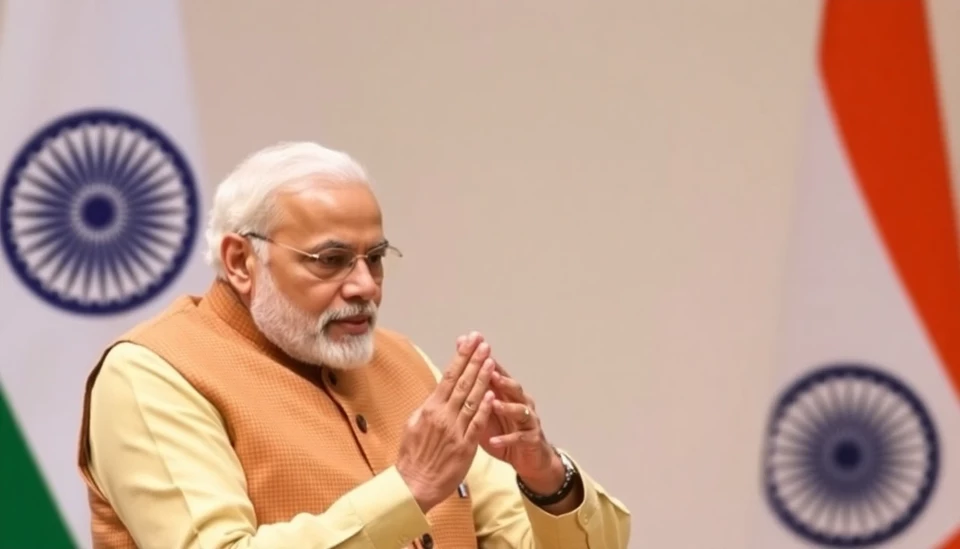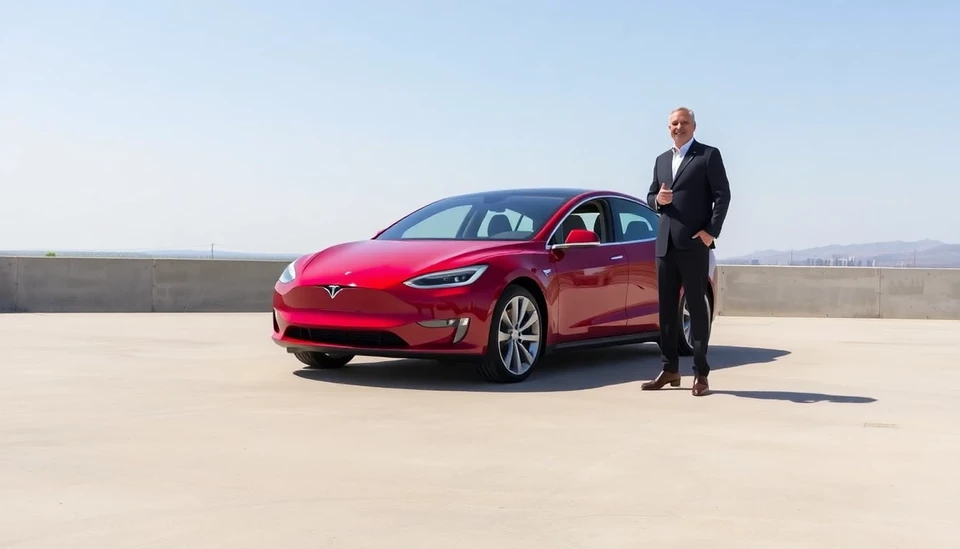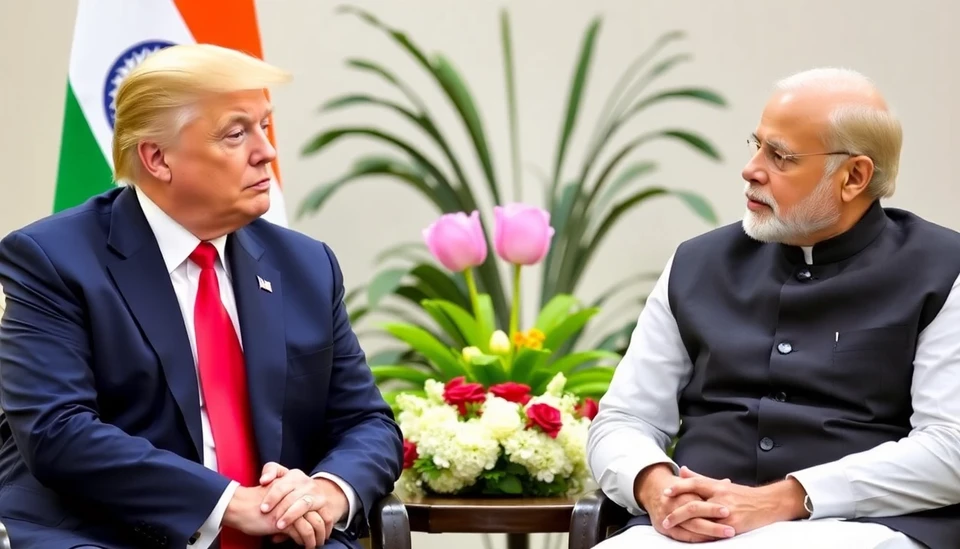
In a calculated maneuver to sidestep a brewing trade conflict, Indian Prime Minister Narendra Modi has swiftly made concessions in negotiations with the United States, reflecting an agile diplomatic strategy reminiscent of former President Donald Trump’s approach. This decision comes as both countries seek to bolster their economic ties amidst the specter of potential tariffs and heightened trade tensions.
The backdrop to these developments involves the ongoing discussions surrounding India’s tariffs on certain U.S. imports, particularly in the agricultural and tech sectors. The U.S. has been vocal about its dissatisfaction with India's existing trade barriers, which it argues stifle American business interests. As Modi assessed the landscape, he recognized that maintaining a constructive relationship with the U.S. was paramount, especially in the wake of the economic challenges posed by a post-pandemic recovery.
In what seems to be an effort to turn the tide in favor of cooperation, Modi has indicated a willingness to revise tariffs and offer greater access to Indian markets for U.S. goods. This strategy aligns with his administration’s broader goals of fostering foreign investment and stimulating economic growth in India. By making these concessions, Modi appears eager to cement a partnership that can withstand the pressures of geopolitical shifts and trade disputes.
Experts suggest that Modi's strategy reflects an understanding of the high stakes involved. With the U.S. being one of India’s largest trading partners, the implications of escalating tensions could reverberate across various sectors. By adopting a more conciliatory posture, Modi aims to prevent a tit-for-tat scenario that could harm both economies.
Furthermore, these overtures come at a pivotal moment, as India seeks to distinguish itself as a preferred destination for manufacturing and investment, particularly with companies looking to diversify their supply chains away from China. By enhancing bilateral ties with the U.S., Modi hopes to showcase India as a reliable partner on the global stage.
While Modi’s steps have been met with cautious optimism, analysts warn that the sustainability of this approach will depend on further negotiations and the willingness of both sides to engage in dialogue. The current climate suggests a precarious balance, where both nations must navigate their respective domestic pressures while seeking to strengthen their economic alliance.
As discussions progress, the focus will likely shift toward more specific areas of collaboration, including technology transfer, defense cooperation, and climate initiatives, which could lay a stronger foundation for a long-term partnership. Modi's quick concessions might be the first step in a broader strategy aimed at mitigating risks and maximizing opportunities in a complex global economic landscape.
Looking ahead, the outcomes of these negotiations will not only impact trade between India and the U.S. but may also set a precedent for how countries manage their economic relationships in a world increasingly defined by competition and cooperation.
#Modi #TradeWar #USTrade #IndiaEconomy #BilateralRelations #DiplomaticStrategy #EconomicGrowth #GlobalTrade
Author: Rachel Greene




